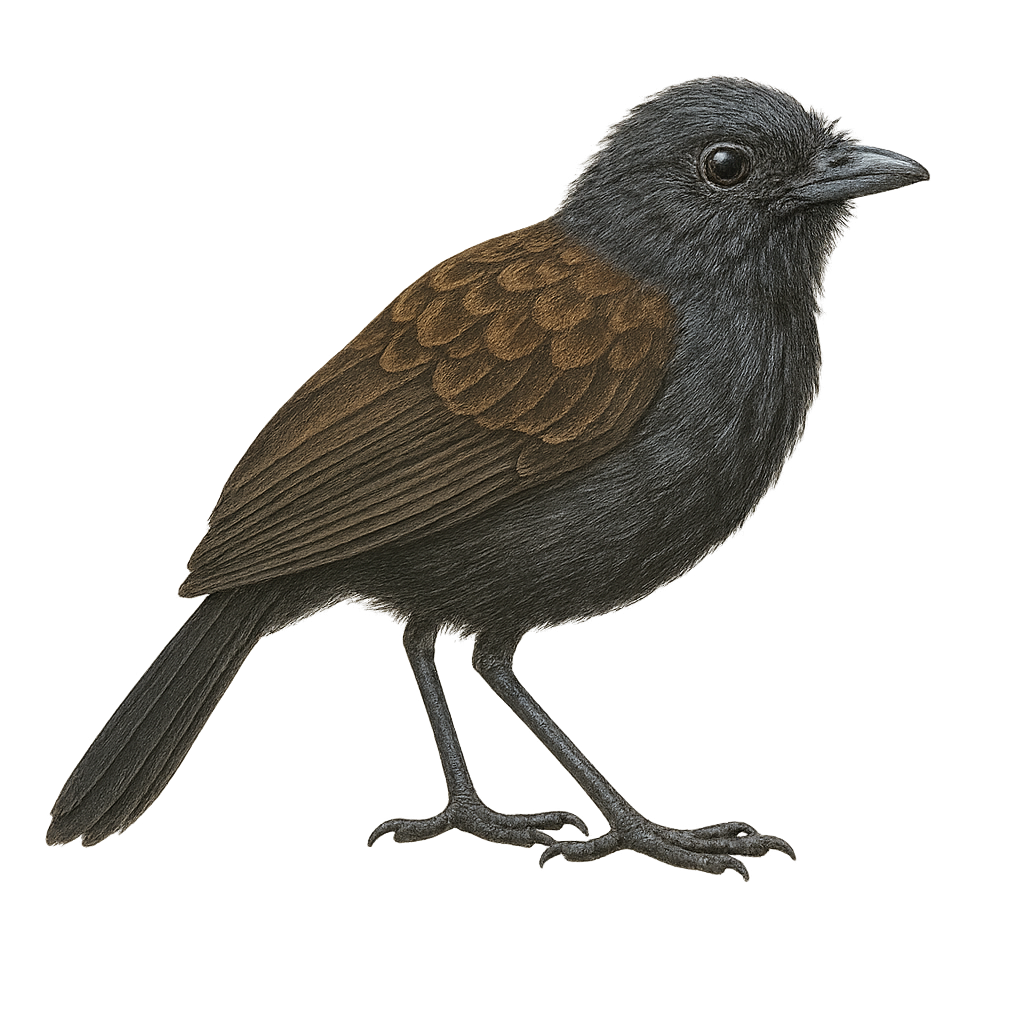Your wildlife photography guide.
Explore the speckled antbird in detail, study its behavior, prepare your shots.
Where to observe and photograph the speckled antbird in the wild
Learn where and when to spot the speckled antbird in the wild, how to identify the species based on distinctive features, and what natural environments it inhabits. The WildlifePhotographer app offers tailored photography tips that reflect the speckled antbird’s behavior, helping you capture better wildlife images. Explore the full species profile for key information including description, habitat, active periods, and approach techniques.
Speckled Antbird
Scientific name: Xenornis setifrons

IUCN Status: Least Concern
Family: THAMNOPHILIDAE
Group: Birds
Sensitivity to human approach: Suspicious
Minimum approach distance: 10 m
Courtship display: March to April
Incubation: 17-19 jours
Hatchings: March to May
Habitat:
humid tropical forests, dense undergrowth
Activity period :
Primarily active during the day, with peak activity in the morning and late afternoon.
Identification and description:
The Speckled Antbird is a rare and fascinating bird, endemic to the humid tropical forests of Central America, mainly in Panama. It is distinguished by its brown speckled plumage and its front adorned with white bristly feathers, giving it a unique appearance. This discreet bird prefers dense undergrowth where it primarily feeds on insects and spiders. It is often observed in small groups or pairs, moving stealthily through the vegetation. Its ability to blend into its environment makes it difficult to spot, adding to its mystery. Although its habitat is threatened by deforestation, it is currently classified as "Least Concern" by the IUCN.
Recommended lens:
400 mm – adjust based on distance, desired framing (portrait or habitat), and approach conditions.
Photography tips:
To photograph the Speckled Antbird, it is advisable to use a telephoto lens of at least 400mm to capture detailed images without disturbing the bird. Look for areas of dense undergrowth where this bird is likely to hide. Be patient and discreet, as it is suspicious and easily blends into its environment. Use a tripod to stabilize your camera and wait for the right moment to capture the bird as it moves through the vegetation. Natural morning or afternoon light can offer the best conditions for photography.
The WildlifePhotographer App is coming soon!
Be the first to explore the best nature spots, track rutting seasons, log your observations, and observe more wildlife.
Already 1 430 wildlife lovers subscribed worldwide

